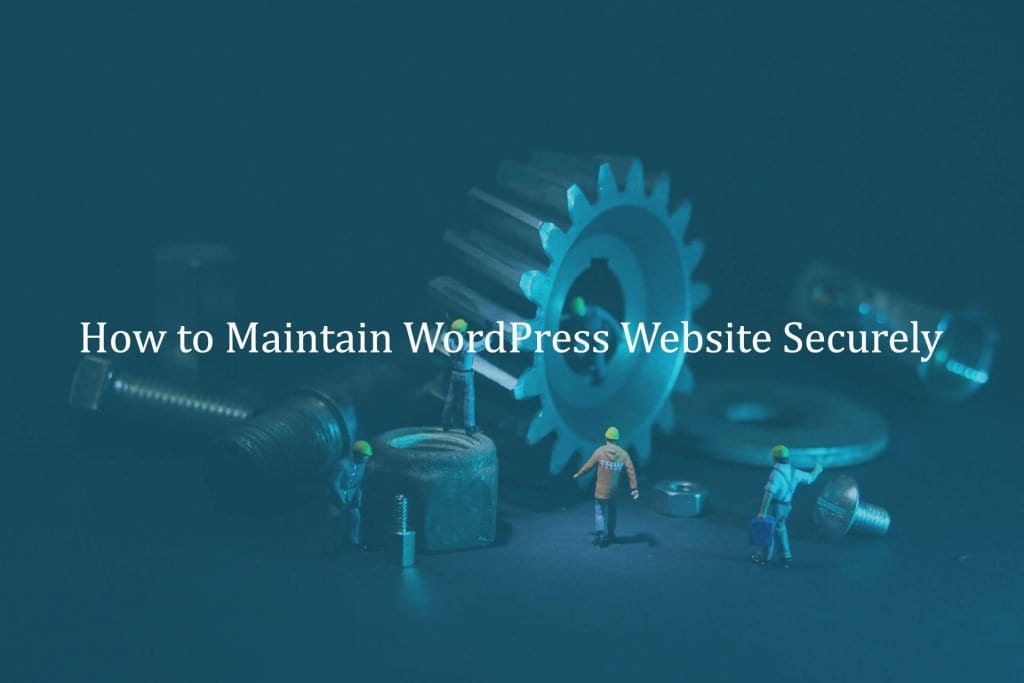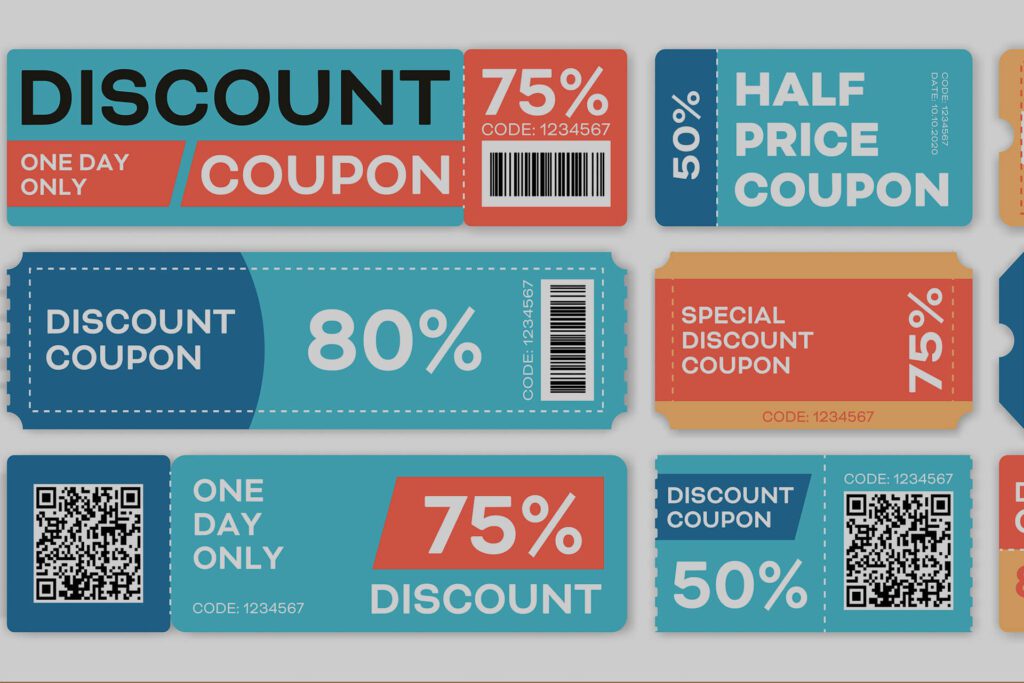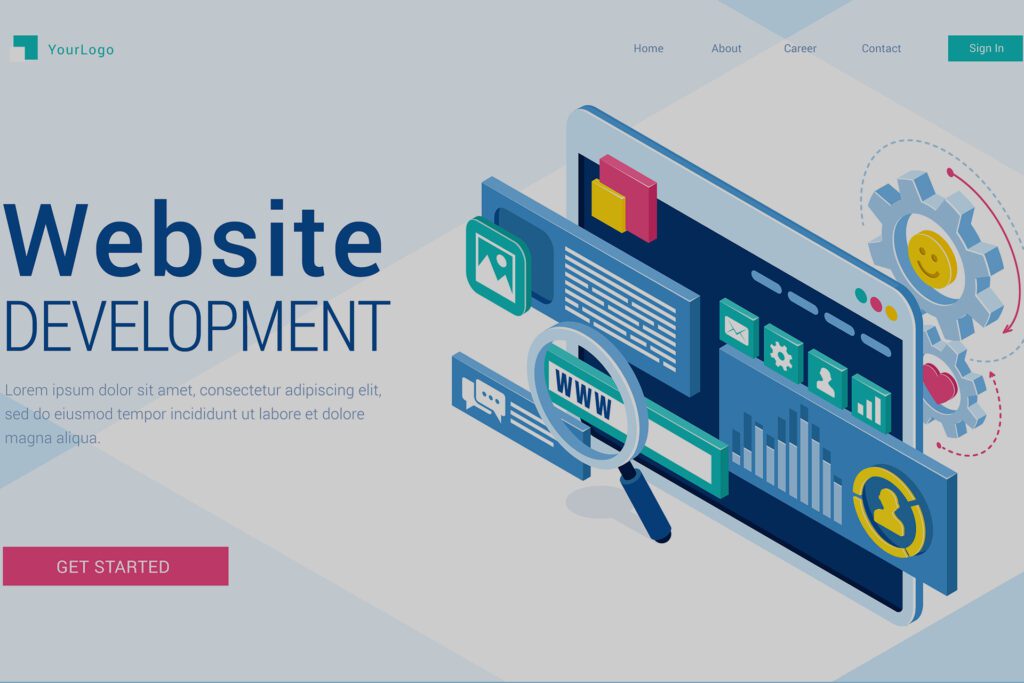Designing the perfect online store is any entrepreneur’s dream. But achieving it requires diligence, constant innovation, and being up-to-date on what your competitors are up to. For starters, if you aren’t using a quality woocommerce checkout field editor to elevate your shopping experience, it’s not too late to do so!
Of course, a competent checkout is the one thing that binds together pretty much all online, and indeed in-person, providers of goods and services. Without it, they can kiss their conversions, SEO, and revenue goodbye. But while the basics of a simple checkout process are the same across all virtual storefronts, there might be some differences.
One such difference is the progression of checkout and how long it lasts for. Let’s go ahead and examine.
The Major Dilemma Of Checkout Page Design
For checkout pages, two qualities are especially important, namely customer-friendliness and robust attention to detail. Normally, these two realities don’t have to be mutually exclusive. In fact, most great checkout interfaces prioritize checking each relevant box, or field rather, while ensuring a smooth and less time-consuming process.
That being said, there are two design scenarios where one of these two qualities of checkout might enjoy a greater standing. These are one-page checkout and multi-step checkout. A lot of WooCommerce enthusiasts are divided on which of the two is superior.
Some prefer the single-page approach, while others think dividing the process and taking things one step at a time is more beneficial. To some, this isn’t altogether something that matters. However, as we’ll discuss both approaches differ from each other in meaningful ways. So, it’s worth arguing the merits of each and weighing which one might prove better.
One Page Checkout
As the title suggests, a single page stands between adding your order to the cart and having it confirmed. Every key element, from customer info and billing or shipping to payment gateways, finds itself on one dialogue box or page. A progress bar for such a page can be helpful, but is usually optional and not essential given the quick nature of your transaction.
Of the two prevailing checkout methods, the appeal of this one is arguably more self-explanatory. The main selling point of going single-page is the ability to shed time between selection to payment and take advantage of the quick and low-commitment nature of many online shoppers.
Reading Suggestion – The Top 5 Best WooCommerce Subscription Plugins To Use For Your Store
Pros
More Convenient
Needless to say, a checkout experience that flies is undeniably a comfortable one, at least in the short term. Single-page checkout usually means fewer fields to fill in and less information that you have to ask of your buyers. Plus, one-page checkout is more commonly associated with guest checkout, which only makes this method more favorable.
Greater Efficiency
Choosing a one-page flow means that you can gather all the information at once in less time. So, by offering convenience and getting the required information in less time, you can facilitate the customers, improve conversion rates, and thus benefit yourself.
Cons
Confusing Or Overwhelming Layout
While going one page has some obvious perks, it’s usually only efficient if you know how to make the most of it. With a knack for proper UX and the right checkout field editor, many indeed can. Unfortunately, not everyone can be as astute or strategic.
Despite the need for speedy checkout, many online stores are still obligated to add some necessary fields to their checkout pages. If there are too many of those, your buyers might be at a higher risk of making errors or being put off by the condensed chaos.
Restrictive Design
Conversely, some online stores might be unable to add the necessary fields or enjoy less customization for a single checkout page. This limitation can prove costly if you need to gather more information or add more elements with a layout that simply lacks the space to accommodate you.
Multi-Step Checkout
Like its convenience-centric counterpart, the multi-step checkout also lives up to its name. Here, the main steps of checkout, like accounting, shipping, billing, and additional details appear as broken down segments, supported with a progress indicator.
Each segment appears as a seamless sequence that starts with you adding a product or more to the cart and ends with you confirming an order. This distinctly underlines each step with the relevant details. Since this approach is more in-depth, there is usually an order summary or review at the end.
If you’re looking for a robust checkout solution, this method adds a bit more structure to the overall checkout process. And while the one-page method might seem more of a crowd favourite, more informed online stores may appreciate the advantages of this solution.
Pros
Extensive Data Collection
The multi-page method offers a more systematic and error-proofed mechanism for gathering data. More checkout fields mean more accurate data. This means that your customers will have more customization options for making their orders. Plus, this method ensures satisfaction by offering additional attractive terms of purchase.
We mentioned earlier how one-page checkout is quite the magnet for conversions in the short term. With going multi-step, some buyers might be put off by the length of the process.
However, the majority of informed shoppers will find this alternative more rewarding and reassuring in the long term. This bolsters more sustained traffic from loyal shoppers and offers conversions that lead to lasting profits and a more durable positive reputation.
Reading Suggestion – The 10 Best Map Plugins for WordPress
Upselling and Cross-Selling
Multiple steps mean more virtual real estate which you can use to facilitate buyers and improve your store’s options. With added fields, you can offer more non-essential, but very much helpful, services like discounts and shipping perks. Plus, you can engage buyers with product and service recommendations, thus increasing your order value.
Con
It’s Simply Lengthier
Unfortunately, the robustness of multi-step checkout doesn’t stop many buyers from finding it too long a process to fulfil. The fact is that most buyers, especially those on phone devices, favour speed over all else. This makes dividing your checkout seem more frustrating, which can increase bounce rates and cart abandonment.
Choosing the Right One
Normally, this is the point where we as the experts would provide our verdict on which option is the objective no-brainer. But as you’ll have taken note, both forms of checkout design have their respective advantages and deal-breakers.
On one hand, going single page makes convenience a more achievable goal. Plus, it certainly seems the better complement to guest checkout. However, multi-step checkout is more detailed and secure and can promise a more reliable experience with less effort, if you can find a customer who has the time for it.
Ultimately, the best version depends on the more prescient needs of each WooCommerce store, So, it’s really up to YOU to decide which method is yours to choose. Luckily, there are some ways through which you can narrow down your choice for best results.
Judging The Key Factors
Addressing your unique needs is one of the best and quickest ways to judge the suitability of single or multi page checkout. This could be based on a number of factors, as follows:
- Know Your AudienceDifferent audiences have different preferences. Younger shoppers might appreciate the speed of one-page checkout, while more seasoned buyers will likely go for the multi-step route.
- Product TypeIf you’re selling more common or less expensive goods that are normally available elsewhere, but not as fast as through your store, speed is of the essence. However, for more substantial or elusive purchases, like home security or luxury gifts, you’ll need to add a few added steps for a more secure and detailed transaction.
A/B Testing
In keeping with our theme of services living up to their names, A/B testing is a surefire way to pick whether to go with column A or column B. Simply test your checkout page in the single and multi-step format and make a note of conversions, cart abandonment, and customer feedback.
By comparing the results, you can easily pick which one suits you best. It’s not as quick as simply judging your preferences, but it does involve less guesswork and more concrete evidence.
Not Sure About Your Choice? Why Not Bridge The Gap?
Let’s assume that you’ve decided on which checkout method suits your store the best, perhaps even before reading this piece. If you’ve made it this far, you probably have some reservations about your choice. After all, both choices have some clear and distinct downsides.
Here’s a thought: why not use a quality checkout field editor for WooCommerce to customize your pick? Even the most minor changes can drastically improve either pick.
For instance, say you largely prefer the single-page route. To make the most of speed, why not divide each section, like billing, shipping, and accounting while keeping them on one page. This keeps things short without adding too many or too few fields. Plus, you can add an order summary at the end to reassure your customers while sticking with the one-page plan.
Conversely, the robustness of your multi-step preference could benefit from limiting each “page” to no more than five essential fields. This, combined with a clear progress indicator, will help curtail cart abandonment while keeping things in order.
Additionally, adding guest checkout to the equation is always a win, as even non-registered users might prefer an informed purchase.
Conclusion
Clearly, there is no right answer when choosing between single or multi-page checkout. But with a little attention to detail, weighing your options, and investing in a proper checkout field editor, you’ll find that there is no wrong option either. So, you can design the perfect WooCommerce checkout experience without compromising on speed or scope.








